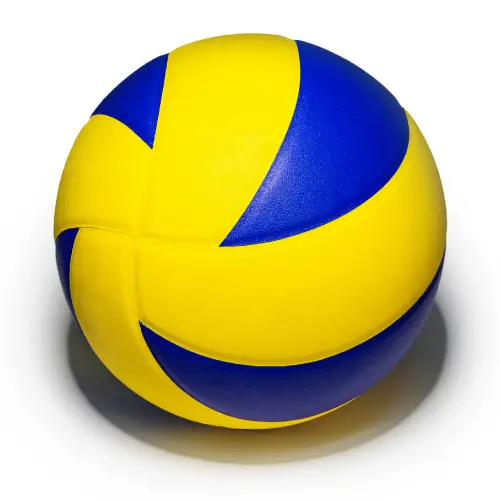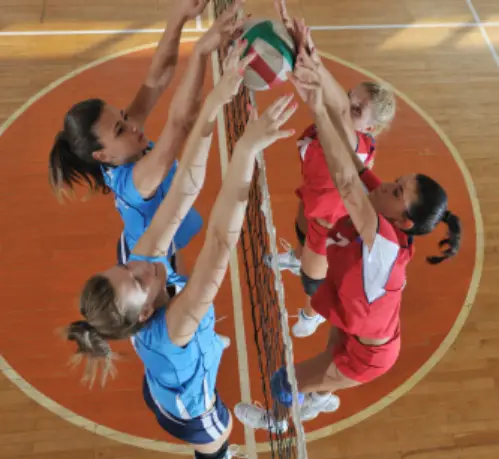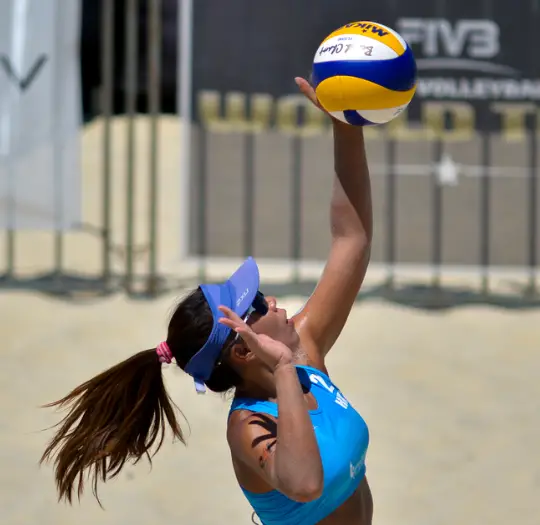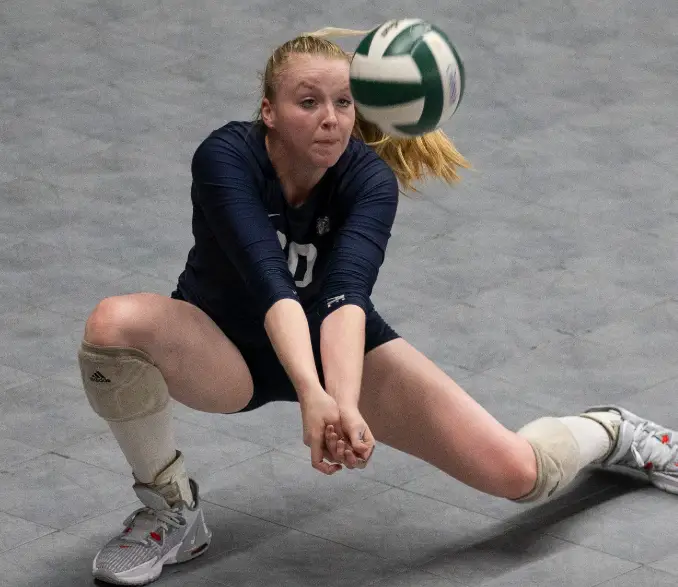Volleyball, known for its fast-paced action and exciting rallies, requires a diverse set of skills, with spiking being one of the most crucial. A powerful and precise spike can turn the tide of a game, leaving opponents scrambling to defend. In this article, we will delve into the world of volleyball spiking and provide you with six valuable techniques to enhance your spiking prowess. Whether you’re a beginner looking to improve your game or an experienced player aiming to take your skills to the next level, these tips will prove invaluable.
What is the correct approach for a spike?
The spike, also known as a “spike attack” or “spiking,” is an aggressive offensive technique used in volleyball to send the ball forcefully over the net into the opponent’s court. Here is a step-by-step guide on the correct approach for executing a spike in volleyball:
- Approach: Begin by positioning yourself a few steps behind the net, slightly to the left or right side of the setter, depending on your preference. As the setter sets the ball, take a few quick steps forward to build momentum for your approach. The number of steps may vary depending on your comfort and the speed of the set.
- Timing: It’s crucial to time your approach properly to make optimal contact with the ball. Coordinate with your setter to establish a rhythm and anticipate the ball’s trajectory. Aim to reach the peak of your jump when the ball is at its highest point, allowing you to hit it at its downward trajectory.
- Jump: As you approach the net, explode into a powerful jump using your legs, generating upward momentum. Swing your arms down and back to gather momentum and then swing them forward as you jump, extending your body to maximize your reach.
- Arm Swing: As you reach the apex of your jump, prepare for the spike by initiating the arm swing. Swing your dominant arm forcefully forward and up, aiming to make contact with the ball at the highest point possible. Keep your non-dominant arm extended and pointing in the direction you want the ball to go for balance and control.
- Contact: Aim to make clean contact with the ball using the heel of your hand. Your palm should be open and facing downward, with your fingers spread wide for better control. Make contact with the ball at its highest point, striking it with power and precision to send it over the net and into the opponent’s court.
- Follow-through: After making contact with the ball, continue the motion of your arm forward and follow through with a strong swing. This follow-through helps generate power, control, and accuracy while also preventing injuries caused by abruptly stopping your arm’s motion.
How can you improve your timing and coordination?
Timing and coordination are essential for a well-executed spike. To enhance these skills, practice with a setter to develop a connection and anticipate their tosses. Focus on footwork, as synchronized steps help establish a consistent rhythm. Implement reaction drills and visual cues to sharpen your responsiveness. Additionally, incorporating plyometric exercises into your training routine can improve your explosive power, enabling you to time your approach with precision.
What techniques can you use to generate more power in your spike?
Generating power is crucial for an impactful spike. One technique to enhance power is the snap of the wrist. As you make contact with the ball, flick your wrist downward, adding extra force to your spike. Another method is to utilize your core muscles by engaging them during the approach and transferring the energy from your torso to your arm. Lastly, focus on building lower body strength through exercises like squats and lunges, as a strong base will generate more power in your spike.
How can you improve your accuracy when spiking?
Accuracy is paramount when targeting specific areas of the court. Firstly, maintain proper body positioning by facing the target you intend to hit. Keep your eyes on the ball throughout the approach, allowing you to gauge its trajectory and adjust your strike accordingly. Practice different types of shots, such as cross-court spikes and line shots, to diversify your arsenal and keep opponents guessing. Finally, repetition is key—devote ample time to practice your spiking technique to develop muscle memory and consistency.
What can you do to deceive blockers effectively?
Outsmarting blockers can give you a significant advantage on the court. Utilize various arm swing techniques, such as changing the angle and speed of your arm movement, to confuse and misdirect blockers. Employ a well-timed fake or a “roll shot” to catch defenders off guard. Additionally, vary your approach speed to disrupt the timing of the blockers, making it harder for them to anticipate your spike. Remember, creativity and unpredictability are your allies in deceiving opponents.
How can you overcome mental barriers in spiking?
Overcoming mental barriers is crucial to unleashing your full spiking potential. Visualize successful spikes, mentally rehearsing the perfect execution. Adopt a positive mindset and maintain confidence in your abilities. Analyze your previous performances objectively, identifying areas of improvement rather than dwelling on mistakes. Embrace the pressure and use it as motivation to rise above challenges. Remember, mastering the spike requires not only physical skill but also mental fortitude.
Conclusion
Improving your spiking technique in volleyball is a continuous journey that demands dedication, practice, and a desire to push your limits. By focusing on the correct approach, timing and coordination, generating power, accuracy, deception, and mental fortitude, you can elevate your spiking abilities to new heights. Incorporate these techniques into your training regimen, and with persistence and determination, you’ll become a formidable force at the net. So, step onto the court, unleash your inner spiker, and dominate the game!







